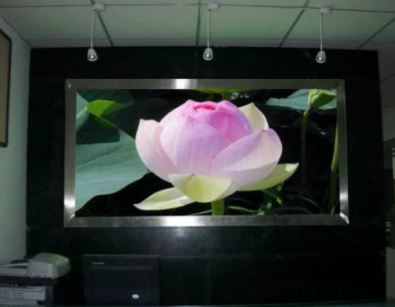LED display manufacturers vary in their production methods, and as a result, the basic parameters of their products can differ. However, based on different classifications, these displays can generally be divided into three main categories. In this article, we will explore several key parameters together.

First, let's look at the basic parameters. These are the essential settings that must be correctly configured for the display to function properly. If these are not set correctly, communication or display issues may occur, leading to malfunctioning screens. Basic parameters include screen width and height, control card address, baud rate, IP address, port number, MAC address, subnet mask, gateway, and refresh frequency—totaling 10 important settings.
Next, we have auxiliary parameters. These are additional settings designed to enhance the display and control experience. They include the control card name, communication display mark, brightness level, and switch screen time.
Finally, the core parameters are critical for the display to operate correctly. Incorrect configuration here can lead to no light output or even screen damage. Core parameters include cascading direction, OE polarity, data polarity, display type, color mode, scanning mode, line sequence order, and total point count—eight essential settings in total.
For basic and auxiliary parameters, input fields and selection boxes are provided, allowing users to directly configure the display after entering the necessary information. However, core parameters require more advanced methods. There are three main approaches: professional quick check, intelligent configuration, and external file configuration.
1. **Professional Quick Check**: For common outdoor display models, parameters are often fixed. You can pre-prepare files or tables and load them during debugging.
2. **Intelligent Configuration**: For less common or unknown displays, intelligent configuration can automatically determine the correct settings, which can then be saved for future use.
3. **External File Configuration**: Import an externally created configuration file that has been intelligently set up or manually built.
Among these methods, intelligent configuration is one of the most important. The process typically involves:
1. Starting the smart configuration.
2. Using a wizard-style interface to interact with the LED display, guiding the user through initial parameter setup, determining OE polarity/data polarity, color, scanning mode, walking order, and line sequence, and generating the configuration parameters.
3. Returning the smart configuration results.
4. Connecting the display and applying the settings.
5. If everything is correct, exporting the parameter settings.
6. Saving the configuration to an external file for future download and use.
In summary, configuring an LED display requires setting over 20 parameters to ensure proper illumination. The complexity and tediousness of this process are evident. Given that LED display screens are relatively expensive, any misconfiguration can result in the display not working or even being damaged, causing significant financial loss and project delays. Therefore, many LED control software solutions are designed to be stable and reliable, though they can sometimes be complex and difficult to use.
19V Power Adapter,Desktop Ac/Dc Power Adapter 19V,Ac Dc Adapter 19V,19V 6.3A Power Adapter
ShenZhen Yinghuiyuan Electronics Co.,Ltd , https://www.yhypoweradapter.com